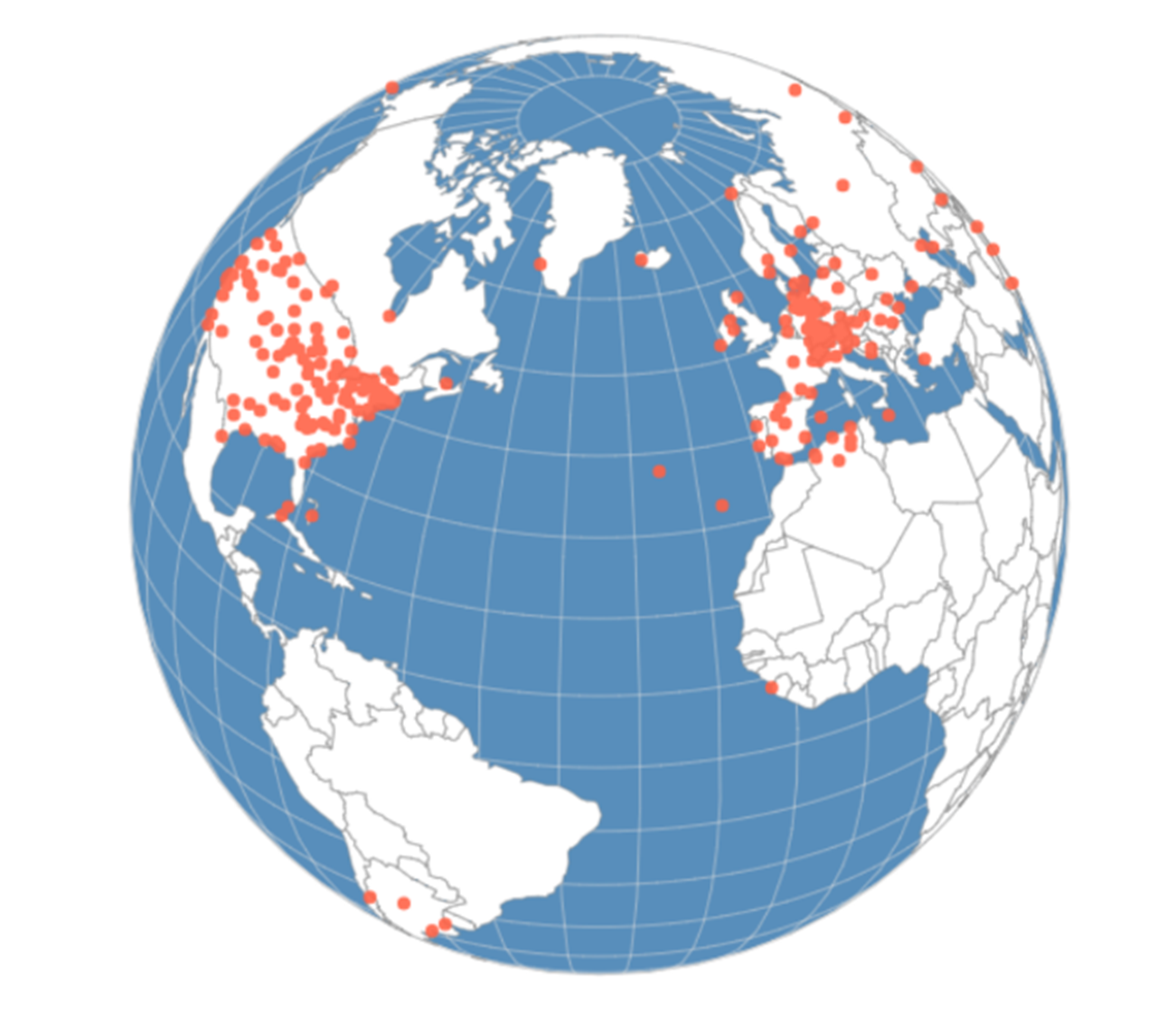Sommer's hierarchy of responses should also be used in the formulation of public policy concerning human-caused climate change. The three levels would be applied as follows:
Level 1: Surveillance and tracking - expand and greatly improve weather and climate sensing systems, on the ground and from space. Continue to determine past climate change through geologic studies of "proxies" of climate in Earth's history.
Level 2: Characterization - Research to determine if current changes are dangerous, and, if so, if they are caused significantly by human activities. Continue to try to better understand the climate system so that meaningful climate models may someday be created to aid in preparation for future change (such models do not yet exist).
Advertisement
Level 3: If possible, practical, AND DEMONSTRATED IN LEVELS 1 AND 2 TO BE NECESSARY, mitigation (attempts to slow climate change).
Former University of Winnipeg Professor and historical Climatologist, the late Dr. Tim Ball showed that the collection and interpretation of data required to fulfil levels 1 and 2, such measurements as temperature and precipitation, has only just begun. Ball explained that there are relatively few weather stations of adequate length or reliability on which to base model forecasts of future climate so the current predictions of climate alarmists have no validity in the real world.
The late Hubert Lamb, founder of the Climatic Research Unit at the University of East Anglia in the United Kingdom, defined the basic problem in his autobiography, "Through all the Changing Scenes of Life: A Meteorologists Tale":
…it was clear that the first and greatest need was to establish the facts of the past record of the natural climate in times before any side effects of human activities could well be important.
NASA's Goddard Institute for Space Studies (GISS) imply that today's ground-based weather station coverage is adequate to determine long term temperature trends. But, using data from their own website, we find that there are very few weather stations (red dots on the following figures) that cover the period from 1880 to today. Note how, with only a few exceptions, it is mostly only in the United States and western Europe that have such long duration weather stations.

Advertisement

Discuss in our Forums
See what other readers are saying about this article!
Click here to read & post comments.
7 posts so far.